Artists & Scientists Return from Arctic Expedition
September 24, 2015
A team of 60 of the world’s leading marine scientists, photographers, filmmakers and fine artists recently returned from an expedition to the icy waters of Norway, Greenland and Iceland to explore and document the impacts of climate change on the fragile high Arctic region. The two-and-a-half-week Elysium Artists for the Arctic expedition was orchestrated by photographer Michael Aw—director of the Ocean Geographic Society—who co-led the trip alongside Mission Blue founder and National Geographic Explorer in Residence Dr. Sylvia Earle and acclaimed photographers David Doubilet, Jennifer Hayes and Ernie Brooks. The team traveled from North Spitsbergen to North and East Greenland and on to Iceland aboard the 71.61-meter MV Polar Pioneer—a Finnish ice-strengthened research vessel specially charted for the expedition.
The team experienced incredible panoramas of glaciers, icebergs and mountains, went snorkeling and diving in frigid high Arctic waters and documented numerous polar bears, walruses, Arctic hares and kittiwakes. They also observed stark evidence of climate change, with sea ice cover this year at the fourth lowest minimum ever recorded. The team went above 82 degrees north of the Equator in search of pack ice and didn’t find any older than one year—an ominous discovery.
With the expedition complete, it’s up to the Elysium team to use their experiences and talents to inspire hope and raise awareness among citizens around the globe. With climate change already taking a toll on Arctic marine species, we are all responsible for protecting them, and our planet, for the future. For starters, add your name to this petition urging world leaders at the upcoming COP21 climate change conference to give the ocean a voice during their negotiations, and share using #OceanForClimate.
Marine conservation advocate Ellen Cuylaerts, a contributing photographer for the Elysium expedition, shared her stunning photography from the voyage with us below. Enjoy!
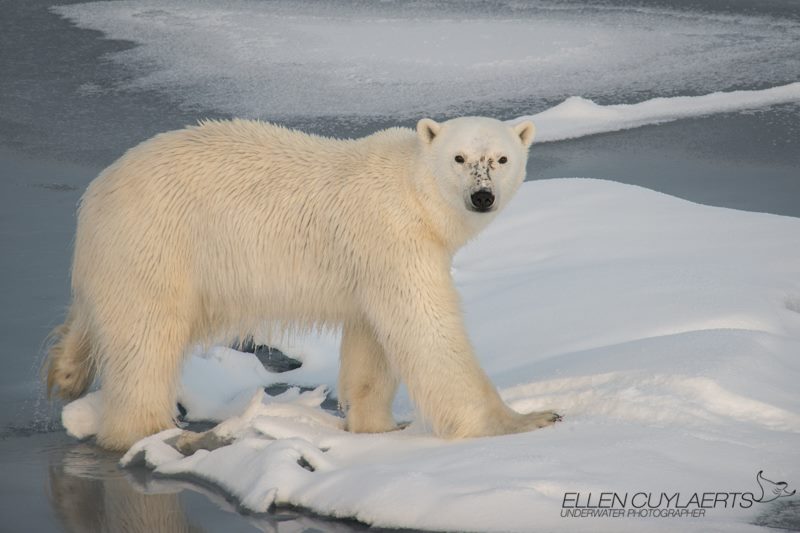

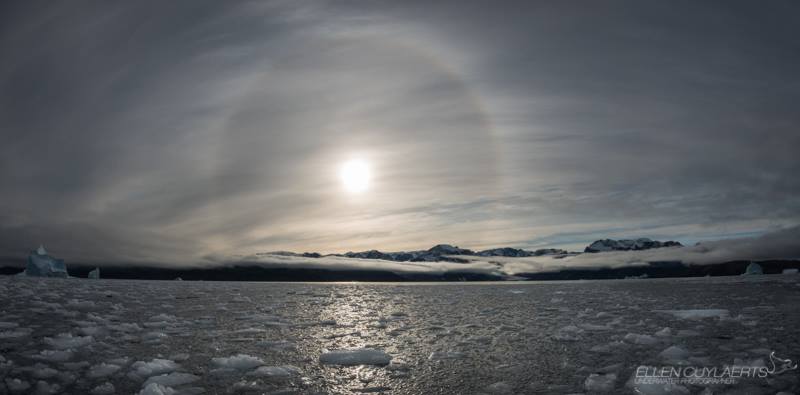
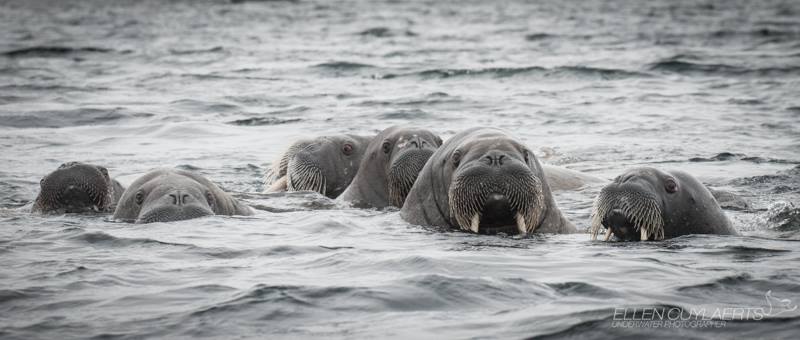

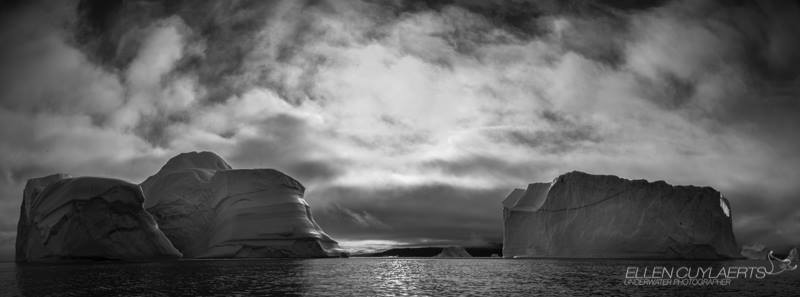
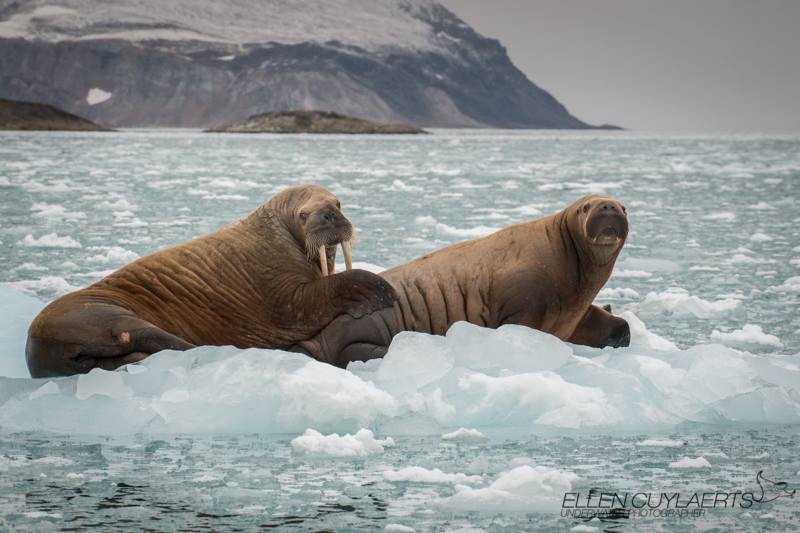
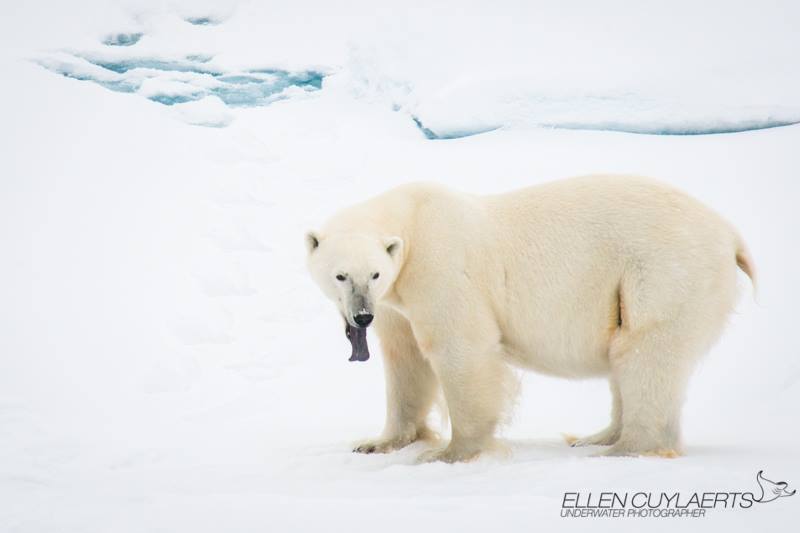

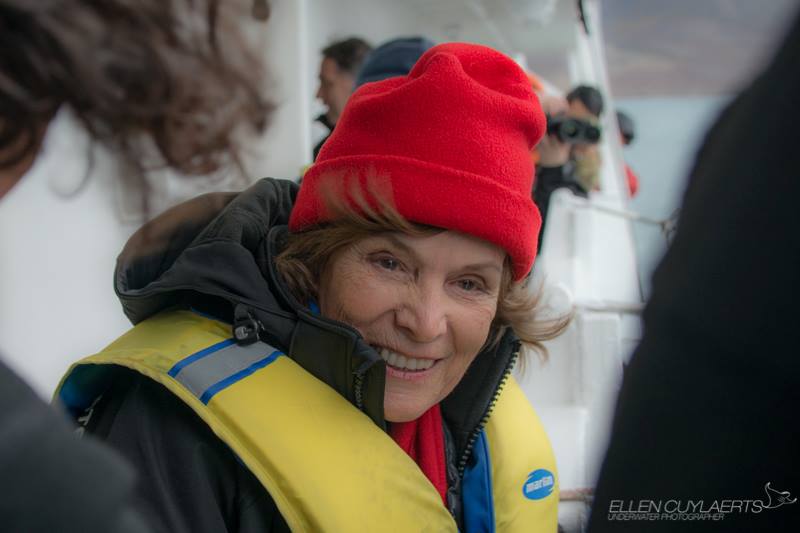
Featured image: Dr. Sylvia Earle snorkeling in the Arctic. © Michael Aw








Great work
Great effort, the next step is share the information.